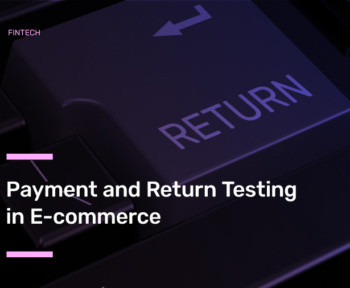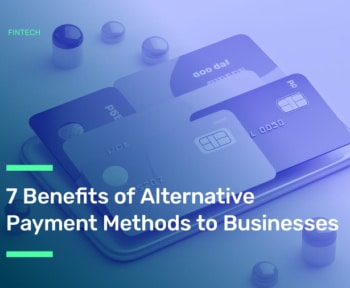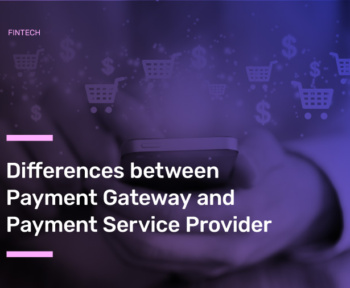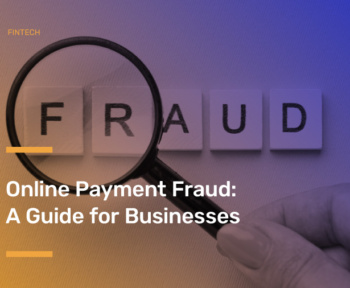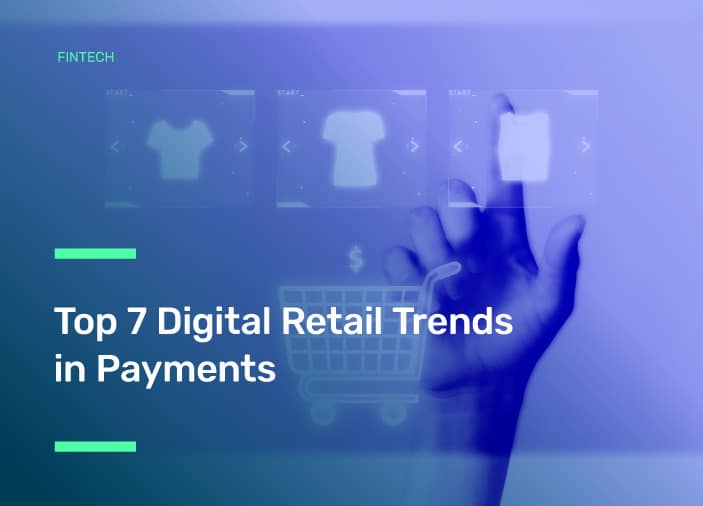
Table of Contents
- Digital Wallets Attract Users
- Beyond Cards: Contactless Payments
- Buy Now, Pay Later (BNPL) Draws Consumers’ Attention
- Pay by QR Code Eases Payment
- Embedded Finance and Super Apps are Trending
- Tokenization Can Boost Conversion
- Use Closed Wallets For Customer Loyalty
- Conclusion
The payment landscape is enhancing due to market needs and consumer preferences, making it more critical than ever for businesses to stay ahead of the curve. With the latest advancements in technology and security, customers can expect a seamless payment experience when paying online.
As consumers demand a more accessible and frictionless payment experience, we expect the following emerging trends in payments to take center stage. In this article, we’ll explore the top seven trends in payments shaping the future of digital payments.

Digital Wallets Attract Users
The increasing usage of digital wallets transcends traditional payment boundaries. According to a Forbes study, more than half of consumers (53%) use digital wallets more than conventional payment methods. This expansion underscores the evolving role of digital wallets as versatile tools beyond just facilitating transactions, especially in e-commerce.
Digital wallets transform how individuals interact with digital platforms, promising enhanced security, convenience, and a more integrated user experience.
Beyond Cards: Contactless Payments
Aligning with the global push for contactless payments, which was once associated primarily with card transactions, is rising after the COVID-19 pandemic. Contactless payments have now expanded to include a broader range of devices.
“Near Field Communication” (NFC) technology enables contactless smartphone payments, smartwatches, and even biometric devices. This trend enhances user convenience and supports a hygienic and efficient payment experience.
Buy Now, Pay Later (BNPL) Draws Consumers’ Attention
BNPL is a type of short-term financing that allows individuals to purchase products and services such as clothes, electronic devices, and home improvement products. It is a point-of-sale (POS) installment loan process that permits consumers to purchase the products and manages the reimbursement. Its penetration is also growing daily. Accordingly, the global BNPL market was valued at $90.69 billion in 2020 and is projected to reach $3.98 trillion by 2030.
Pay by QR Code Eases Payment
Digital mobile payments are more popular than ever. Research also supports that. Accordingly, Juniper Research expects QR code usage to grow by 59% by 2028. With shoppers using contactless payment, QR code payments are also rising in various settings. For example, diners can scan a QR code to view a restaurant’s menu, place their order, and make a final payment.

Embedded Finance and Super Apps are Trending
The concept of embedded finance is reshaping how consumers interact with financial services. Super apps, on the other hand, integrate various financial services seamlessly into a single platform. These apps go beyond traditional banking, offering features like payments, investments, insurance, etc. The convenience of accessing a diverse range of financial services within a single app eases the user experience.
Tokenization Can Boost Conversion
Today, customers want to see the payment step as a frictionless touchpoint. Therefore, they want to save their card information for one-click payments. On the other hand, safety is essential for them and should be for businesses. At this point, PCI-DSS-compliant card storage helps firms.
Tokenization enables safer and faster one-click payments, boosts authorization rates, and sends abandoned cart rates in the opposite direction.
Use Closed Wallets For Customer Loyalty
Closed wallets enhance customer loyalty by enabling customers to store funds directly within the platform, such as Amazon Pay or Starbucks Card. Additionally, closed wallets simplify the creation of loyalty programs by allowing businesses to offer instant rewards, discounts, or points directly into the customer’s wallet.
This integrated system streamlines tracking and redeeming benefits, making it easier for businesses and customers to engage with the program. Additionally, using closed wallets to issue refunds provides a significant advantage to businesses. Instead of processing time-consuming bank refunds, companies can immediately deposit the refund amount into the customer’s wallet. In this way, companies can speed up the process and encourage future purchases, as customers are more likely to use the funds within the same platform.

Conclusion
In the era of speed and convenience, innovations in payment processing are foundational to the customer experience. In today’s world, simply accepting online payments is not enough when offering your products and services online. To stand out, you must design a payment process that considers customer preferences and behaviors. The key to achieving this lies in following the payment trends mentioned above.
With Craftgate, you can access the popular trends in payments from a single platform, shaping your payment process with a top-tier customer experience that takes you beyond the present.
Contact us to learn more.



